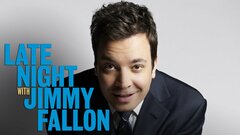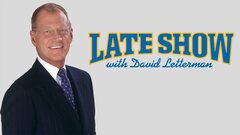Sonic Youth was arguably New York's greatest alternative band in the '80s and '90s, playing punk-inspired rock with a background in modern classical and experimental music. Founding guitarists Thurston Moore and Lee Ranaldo had played in composer Glenn Branca's guitar orchestra around 1977-78, soon after Moore moved to New York from Connecticut. Los Angeles-born bassist/singer Kim Gordon was drawn from another local band and Sonic Youth was christened in 1981, taking the name from MC5 guitarist Fred "Sonic" Smith and reggae artist Big Youth.
A few drummers came in and out (including character actor Richard Edson), before permanent drummer Steve Shelley joined in 1985. Sonic Youth's output breaks down into three basic phases. The first was jarring and experimental, with the alternative guitar tunings creating dense soundscapes. The second full album, 1985's Bad Moon Rising, was the peak of this era and the darkest one in their catalogue; its key tracks included the foreboding "Death Valley '69" and the obsessive, eight-minute "I Love Her All the Time."
Beginning with Shelley's arrival and the album EVOL, the band began getting more rocking and accessible, though still with plenty of dissonant outbursts. The expansive double album Daydream Nation took in everything from Branca to the Stooges as influences and had a few epic-length tracks; many fans ranked it as their peak. They continued balancing their experimental and accessible sides after signing to Geffen Records, releasing the deliberately adventurous Goo as their major-label debut. Another of the earlier Geffen albums, Washing Machine included the key track "The Diamond Sea"-- one of the band's prettiest tunes, attached to a 20 minute noise jam. When they headlined the Lollapalooza tour in 1995, this song took up nearly half the set.
The 1999 addition of multi-instrumentalist Jim O'Rourke (largely moving Gordon over to third guitar) began a new phase from the band. The sound became more textural, even tranquil at times, and the later albums were largely built on songwriting; 2002's Murray Street was a semi-concept album about New York City and its artistic community, prompted in part by the 9/11 events.
At the same time the band explored its more extreme experimental side with a strong of releases, billed as EP's but usually album-length, in its SYR series. By now they were respectable enough to get commissioned for a compilation CD to sell at Starbucks outlets; they titled it Hits Are for Squares. Their Geffen contract ended and they signed with indie label Matador for 2009's The Eternal, also replacing O'Rourke with bassist Mark Ibold. Fans greeted this as a rejuvenation of the band, and it became their highest-charting album.
However Sonic Youth ended soon afterward for nonmusical reasons, specifically the dissolution of Moore and Gordon's marriage.






















